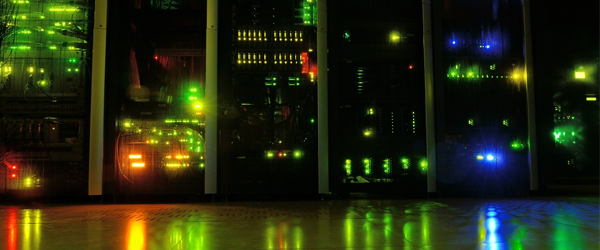Data loss: a reality for all companies
Data loss represents a major risk for businesses. However, the frequency of data loss, the diversity of data likely to be affected, and the variety of possible scenarios remain underestimated. Le Clusif (Club de la sécurité de l’information) raises awareness and publishes documents on the subject.
Data loss: damage to company capital
A company’s computer and digital data is an asset in its own right. Any loss of data is an attack on its integrity. But most companies underestimate the form and extent of this asset.
The risk of loss immediately brings to mind data with immediate referential or operational utility:
- Sales data: customer and prospect databases, product sheets, etc.
- Strategic data: business processes, market studies, patents, plans…
- Project management data: project management, production management processes…
- Financial data: quotes, invoices, accounting, pay slips, salary elements…
- Administrative data: HR databases, contract documentation, etc.
Data loss in all its variety
However, the dematerialization of information and the inherent risks of loss affect many other resources:
- Mails, mailing lists, directories…
- Photo, video and audio media.
- Web pages, e-commerce catalogs…
- Business software with exclusive data formats and customized parameters.
Moreover, storage media that concentrate the majority of data(NAS / SAN servers, RAIDS systems, hard disks, etc.) often lead to the neglect of other types of media:
- Mobile devices and removable peripherals (smartphones, laptops, USB sticks, etc.) that physically carry company data off-site.
- Automated production lines and industrial robots calibrated with specific programs, parameters and production data.
- Corporate home automation, including security, controlled personnel access, building automation, etc.
Causes and situations leading to data loss
The diversification of storage media, digital practices and data formats has led to an increase in risks. While some data loss scenarios are more recurrent than others, it is enough to cross-reference the following typologies to become aware of their wide variety.
Data loss is manifested in one or more of the following ways:
- Loss of access: data, although still present, becomes inaccessible.
- Data alteration: original data are modified or corrupted.
- Data destruction: pure and simple deletion or overwriting.
There are three types of failure that can cause these losses:
- Logical failures, which occur in the software layer of the storage medium.
- Mechanical failure, affecting mechanical components (read head, etc.).
- Electronic failure, affecting electronic components (memory cards, etc.).
Malfunctions can occur for no other reason than equipment failure, obsolescence orobsolescence . However, there are many external causes for malfunctions:
- Natural damage: flooding, lightning and electric shocks, fire, bad weather…
- Computer malware: while viruses, malware and cryptolockers come to mind first, acts of sabotage, sometimes committed by a member of the company, are a reality.
- Human error: errors of manipulation, input or use leading to errors, file deletion, etc.
- Accidents: falls, shocks, water damage, particularly related to digital nomadism.










